There used to be a time when amateur radio was a fairly static pursuit. There was a lot of fascination to be had with building radios, but what you did with them remained constant year on year. Morse code was sent by hand with a key, voice was on FM or SSB with a few old-timers using AM, and you’d hear the warbling tones of RTTY traffic generated by mechanical teletypes.
By contrast the radio amateur of today lives in a fast-paced world of ever-evolving digital modes, in which much of the excitement comes in pushing the boundaries of what is possible when a radio is connected to a computer. A new contender in one part of the hobby has come our way from [Guillaume, F4HDK], in the form of his NPR, or New Packet Radio mode.
NPR is intended to bring high bandwidth IP networking to radio amateurs in the 70 cm band, and it does this rather cleverly with a modem that contains a single-chip FSK transceiver intended for use in licence-free ISM band applications. There is an Ethernet module and an Mbed microcontroller board on a custom PCB, which when assembled produces a few hundred milliwatts of RF that can be fed to an off-the-shelf DMR power amplifier.
Each network is configured around a master node intended to use an omnidirectional antenna, to which individual nodes connect. Time-division multiplexing is enforced by the master so there should be no collisions, and this coupled with the relatively wide radio bandwidth of the ISM transceiver gives the system a high usable data bandwidth.
Whether or not the mode is taken up and becomes a success depends upon the will of individual radio amateurs. But it does hold the interesting feature of relying upon relatively inexpensive parts, so the barrier to entry is lower than it might be otherwise. If you are wondering where you might have seen [F4HDK] before, we’ve previously brought you his FPGA computer.

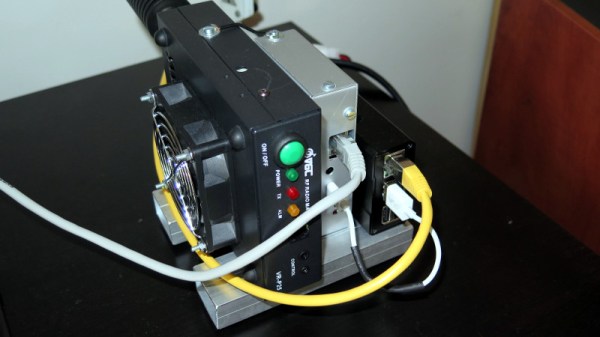
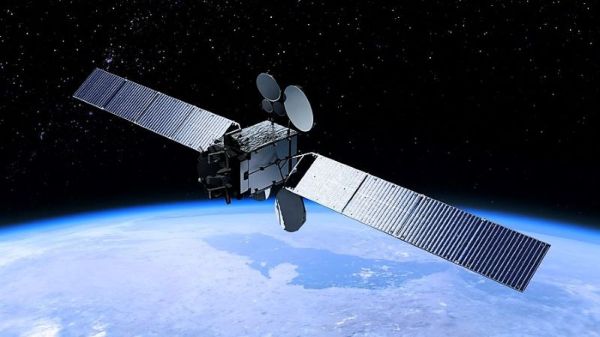
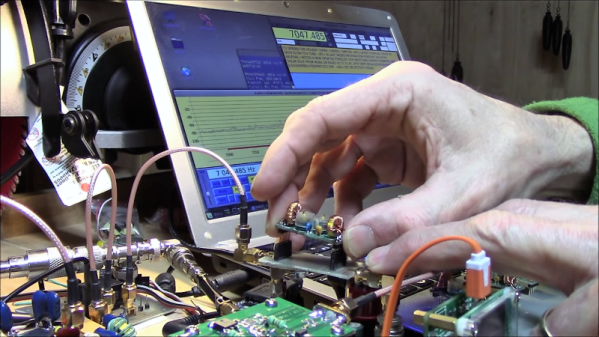

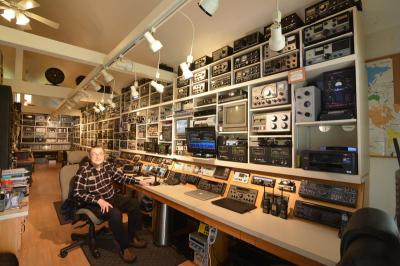
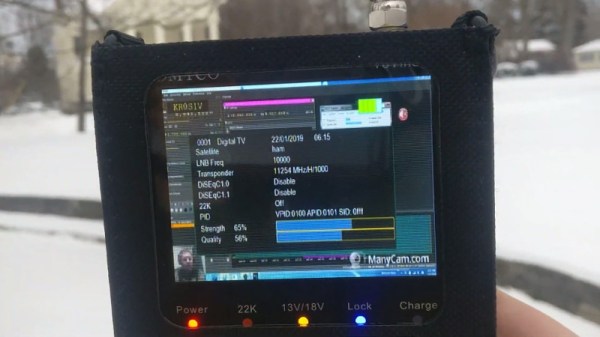
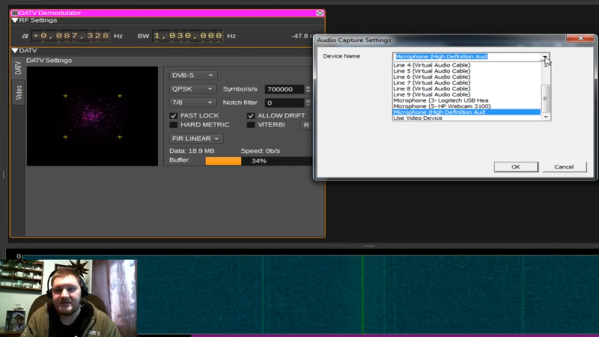
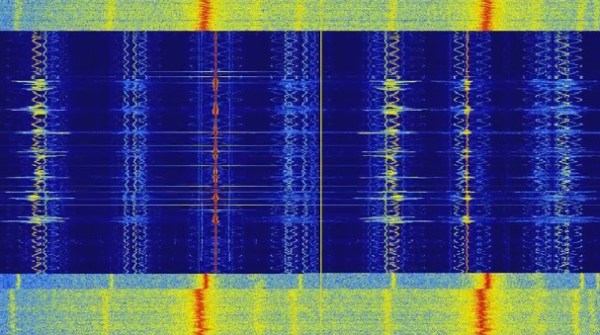
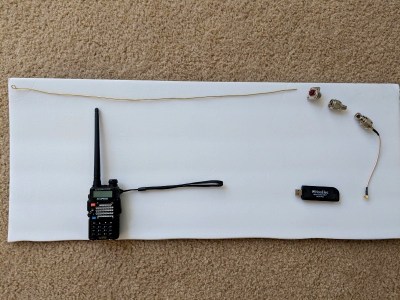 His experiment was simple enough. He picked up a Baofeng handheld radio transceiver to transmit messages containing a call sign and some speech. He then used a 0.5 meter antenna to receive it and a little connecting hardware and a NooElec
His experiment was simple enough. He picked up a Baofeng handheld radio transceiver to transmit messages containing a call sign and some speech. He then used a 0.5 meter antenna to receive it and a little connecting hardware and a NooElec 








